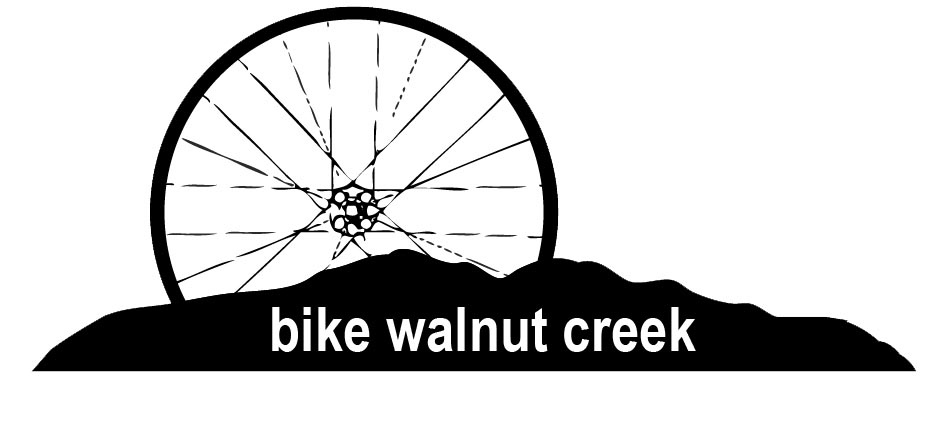 Governor Brown’s Office of Planning and Research has released a draft set of new guidelines for measuring transportation impacts of projects under the California Environmental Quality Act (CEQA). The new guidelines govern both new development projects such as mixed-use infill development, and roadway redesigns such as protected bike lanes on busy streets. Before (and currently), Level of Service and its analysis of the potential to slow down cars, is the main metric. In the near future, the metric will be a comparison of the project’s increase in vehicle miles travel/person to a citywide or regional average of vehicle miles travel/person. This is way better.
Governor Brown’s Office of Planning and Research has released a draft set of new guidelines for measuring transportation impacts of projects under the California Environmental Quality Act (CEQA). The new guidelines govern both new development projects such as mixed-use infill development, and roadway redesigns such as protected bike lanes on busy streets. Before (and currently), Level of Service and its analysis of the potential to slow down cars, is the main metric. In the near future, the metric will be a comparison of the project’s increase in vehicle miles travel/person to a citywide or regional average of vehicle miles travel/person. This is way better.
Bike lanes striped on repaved streets generaly do not affect vehicle miles traveled, except maybe to decrease VMT. Because of this, the new guidelines exempt bike lane projects from any analysis of potential harm under CEQA. And more importantly, they smartly shift focus from analyzing slowing of cars to increasing car travel. The new rules should be final within two years, but your city is free to start using them right away, as San Francisco and Pasadena have.
What you can do
- Share with your local city planner the new Revised Proposal on Updates to the CEQA Guidelines on Evaluating Transportation Impacts in CEQA. Know that Bike East Bay is doing the same, but a followup email from a local leader will definitely help.
- Encourage your City to start using these new guidelines right away, even though they are not final. Your City is allowed to shift to these new rules as soon as they like, and they can even start evaluating projects in the interim both under the current Level of Service approach and the new Vehicle Miles Traveled/Person approach.
If you have any questions, please contact Bike East Bay Advocacy Director Dave Campbell.


